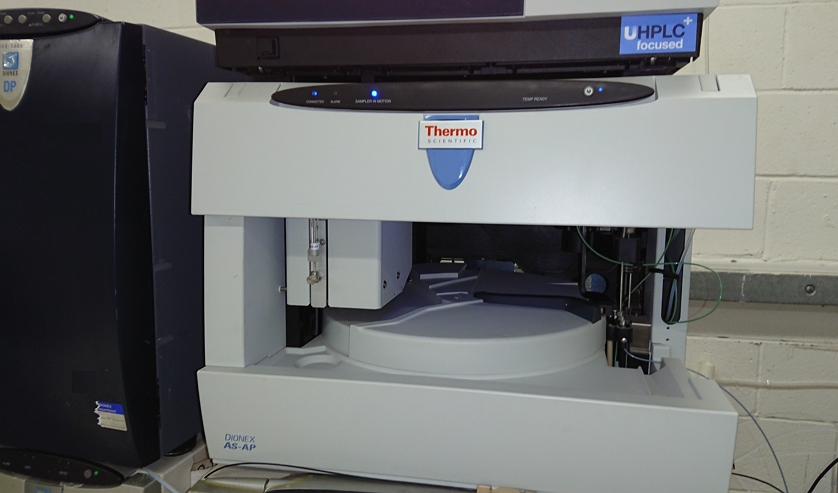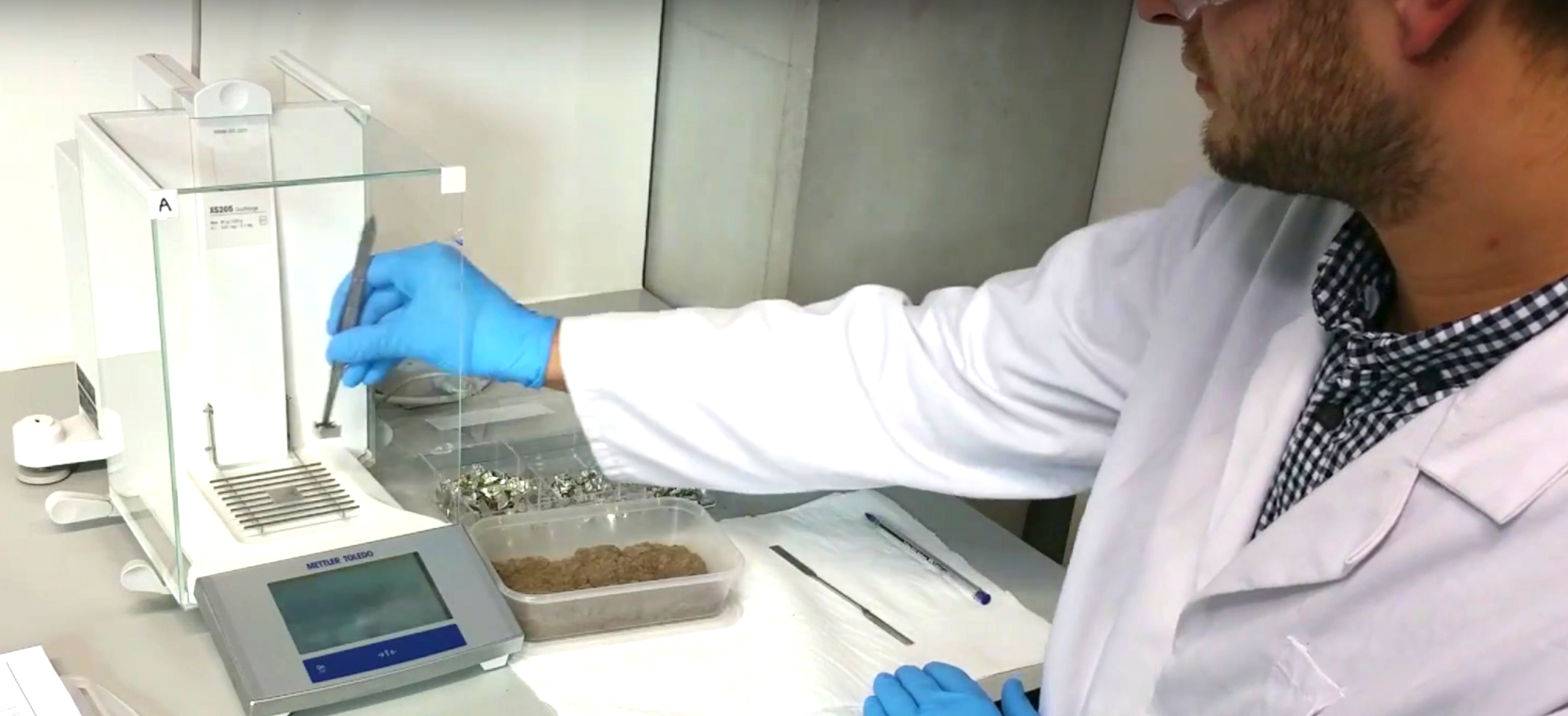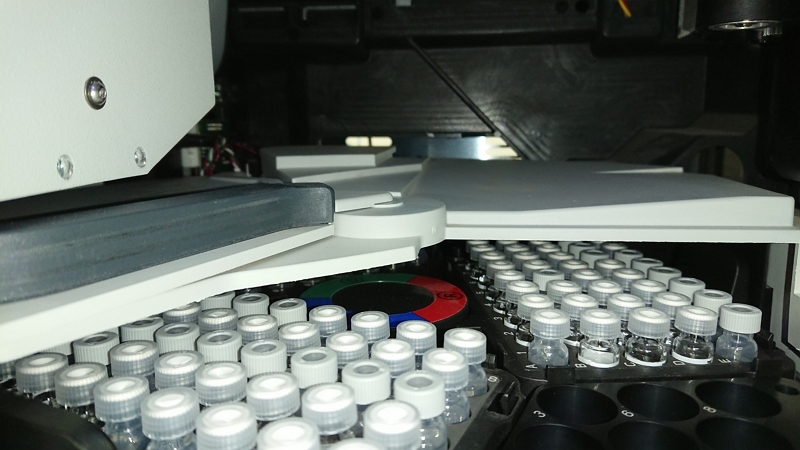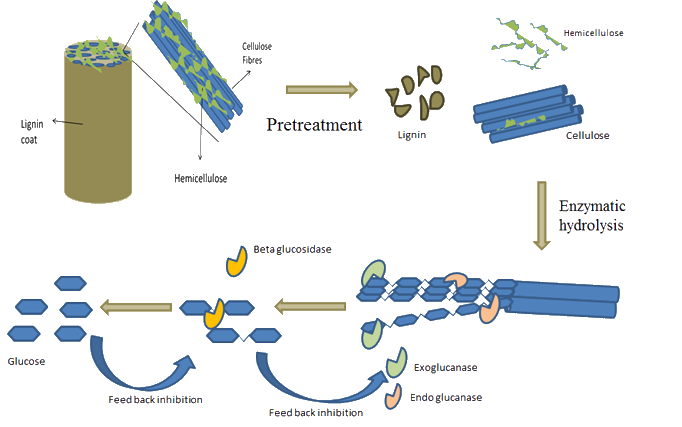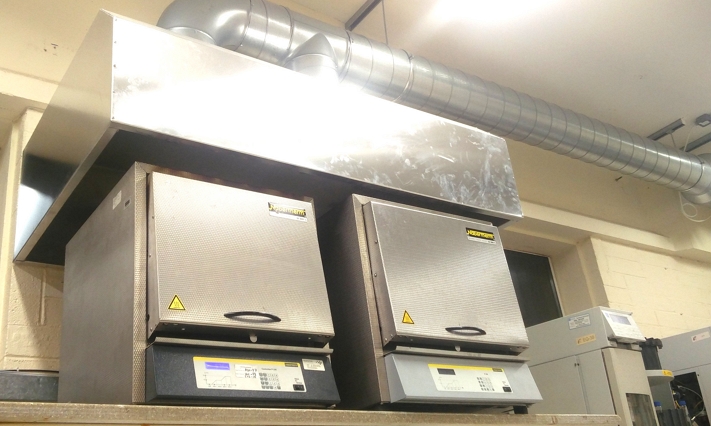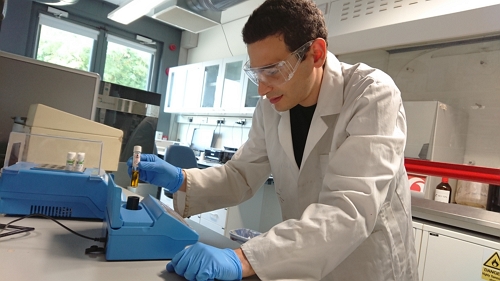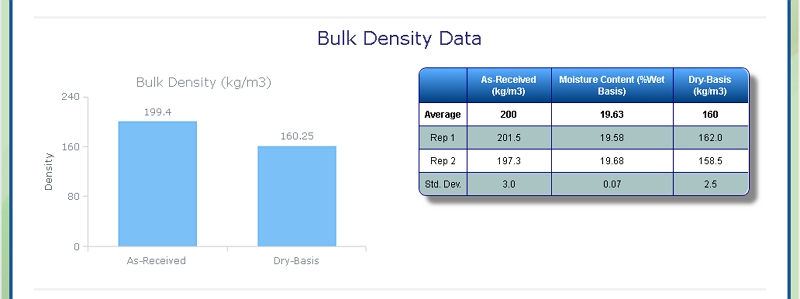Analysis of Grass
Background on Grass
Celignis founder Daniel Hayes has considerable experience in the chemical and near-infrared analysis of grasses and has characterised a large number of samples from a wide variety of species.
Components of Grasses
The above ground shoot component of grasses consists of a stem and leaves. The stems are mostly hollow, cylindrical and interrupted at intervals by swollen joints or nodes from which the leaves originate. The parts of the stem between the nodes are termed the internodes.
Rhizomes are a special type of shoot that occur in some grassy species (e.g. miscanthus). They grow underground in a horizontal manner and their internodes are usually short. The only leaves present on rhizomes are small and scale-like. Rhizomes serve as survival organs after periods of senescence and also are often used for storage.
The lower portion of the leaf forms a sheath, which protects the shoots. The second half of the leaf opens out to the leaf blade.
The proportion of biomass components vary with the species. For example, with barley and wheat straw, internodes dominate (59% and 73% of the dry mass, respectively) while leaves (including sheath and blade) constitute an intermediate, and nodes a minor portion of the aboveground dry matter.
Extractives tend to be more prevalent in grasses than woody biomass. In particular, concentrations of water-soluble carbohydrates tend to be relatively high. Glucose and fructose are the two most important free-monosaccharides that occur in grasses and can have dry matter concentrations of approximately 1-3%. More prevalent is the disaccharide sucrose, which can take up 2-8% of the dry matter in forage grasses. In certain grasses, such as perennial ryegrass (Lolium perenne) and cocksfoot (Dactylis glomerata), oligosaccharides such as raffinose and stachyose have been detected, but only in relatively small concentrations. The polysaccharide fructans tend to be the most abundant of the water soluble carbohydrates, constituting around 5-9% of the dry matter of forage grasses, although values as high as 12% have been reported for perennial ryegrass.
Analysis of Grass at Celignis
Celignis Analytical can determine the following properties of Grass samples:
Lignocellulosic Properties of Grass
Cellulose Content of Grass
Click here to see the Celignis Analysis Packages that determine Cellulose Content
Request a QuoteCellulose Content
Hemicellulose Content of Grass
Click here to see the Celignis Analysis Packages that determine Hemicellulose Content
Request a QuoteHemicellulose Content
Lignin Content of Grass
Click here to see the Celignis Analysis Packages that determine Lignin Content
Request a QuoteLignin Content
Starch Content of Grass
Click here to see the Celignis Analysis Packages that determine Starch Content
Request a QuoteStarch Content
Uronic Acid Content of Grass
Click here to see the Celignis Analysis Packages that determine Uronic Acid Content
Request a QuoteUronic Acid Content
Enzymatic Hydrolysis of Grass
Click here to see the Celignis Analysis Packages that determine Enzymatic Hydrolysis
Request a QuoteEnzymatic Hydrolysis
Bioenergy Properties of Grass
Ash Content of Grass
Click here to see the Celignis Analysis Packages that determine Ash Content
Request a QuoteAsh Content
Heating (Calorific) Value of Grass
Click here to see the Celignis Analysis Packages that determine Heating (Calorific) Value
Request a QuoteHeating (Calorific) Value
Ash Melting Behaviour of Grass
Ash Shrinkage Starting Temperature (SST) - This occurs when the area of the test piece of Grass ash falls below 95% of the original test piece area.
Ash Deformation Temperature (DT) - The temperature at which the first signs of rounding of the edges of the test piece occurs due to melting.
Ash Hemisphere Temperature (HT) - When the test piece of Grass ash forms a hemisphere (i.e. the height becomes equal to half the base diameter).
Ash Flow Temperature (FT) - The temperature at which the Grass ash is spread out over the supporting tile in a layer, the height of which is half of the test piece at the hemisphere temperature.
Click here to see the Celignis Analysis Packages that determine Ash Melting Behaviour
Request a QuoteAsh Melting Behaviour
Major and Minor Elements in Grass
We can also determine the levels of 13 different minor elements (such as arsenic, copper, and zinc) that may be present in Grass.
Click here to see the Celignis Analysis Packages that determine Major and Minor Elements
Request a QuoteMajor and Minor Elements
Analysis of Grass for Anaerobic Digestion
Biomethane potential (BMP) of Grass
At Celignis we can provide you with crucial data on feedstock suitability for AD as well as on the composition of process residues. For example, we can determine the biomethane potential (BMP) of Grass. The BMP can be considered to be the experimental theoretical maximum amount of methane produced from a feedstock. We moniotor the volume of biogas produced allowing for a cumulative plot over time, accessed via the Celignis Database. Our BMP packages also involve routine analysis of biogas composition (biomethane, carbon dioxide, hydrogen sulphide, ammonia, oxygen). We also provide detailed analysis of the digestate, the residue that remains after a sample has been digested. Our expertise in lignocellulosic analysis can allow for detailed insight regarding the fate of the different biogenic polymers during digestion.
Click here to see the Celignis Analysis Packages that determine BMP
Request a QuoteBMP
Physical Properties of Grass
Bulk Density of Grass
At Celignis we can determine the bulk density of biomass samples, including Grass, according to ISO standard 17828 (2015). This method requires the biomass to be in an appropriate form (chips or powder) for density determination.
Click here to see the Celignis Analysis Packages that determine Bulk Density
Request a QuoteBulk Density
Particle Size of Grass
Our lab is equipped with a Retsch AS 400 sieve shaker. It can accommodate sieves of up to 40 cm diameter, corresponding to a surface area of 1256 square centimetres. This allows us to determine the particle size distribution of a range of samples, including Grass, by following European Standard methods EN 15149- 1:2010 and EN 15149-2:2010.
Click here to see the Celignis Analysis Packages that determine Particle Size
Request a QuoteParticle Size
Next-generation biofuels from renewable sources have gained interest among research investigators, industrialists, and governments due to major concerns on the volatility of oil prices, climate change, and depletion of oil reserves. Biobutanol has drawn signicant attention as an alternative transportation fuel due to its superior fuel properties over ethanol. e advantages of butanol are its high energy content, better blending with gasoline, less hydroscopic nature, lower volatility, direct use in convention engines, low corrosiveness, etc. Butanol production through (acetone, butanol, and ethanol) ABE fermentation is a well-established process, but it has several drawbacks like feedstock cost, strain degeneration, product toxicity, and low product concentrations. Lignocellulosic biomass is considered as the most abundant, renewable, low-cost feedstock for biofuels. Production of butanol from lignocellulosic biomass is more complicated due to the recalcitrance of feedstock and inhibitors generated during the pretreatment and hydrolysis process. Advanced fermentation and product recovery techniques are being researched to make biobutanol industrially viable. | |
Biomass feedstock having less competition with food crops are desirable for bio-ethanol production and such resources may not be localized geographically. A distributed production strategy is therefore more suitable for feedstock like water hyacinth with a decentralized availability. In this study, we have demonstrated the suitability of this feedstock for production of fermentable sugars using cellulases produced on site. Testing of acid and alkali pretreatment methods indicated that alkali pretreatment was more efficient in making the sample susceptible to enzyme hydrolysis. Cellulase and ?-glucosidase loading and the effect of surfactants were studied and optimized to improve saccharification. Redesigning of enzyme blends resulted in an improvement of saccharification from 57% to 71%. A crude trial on fermentation of the enzymatic hydrolysate using the common bakerís yeast Saccharomyces cerevisiae yielded an ethanol concentration of 4.4 g/L. | |







